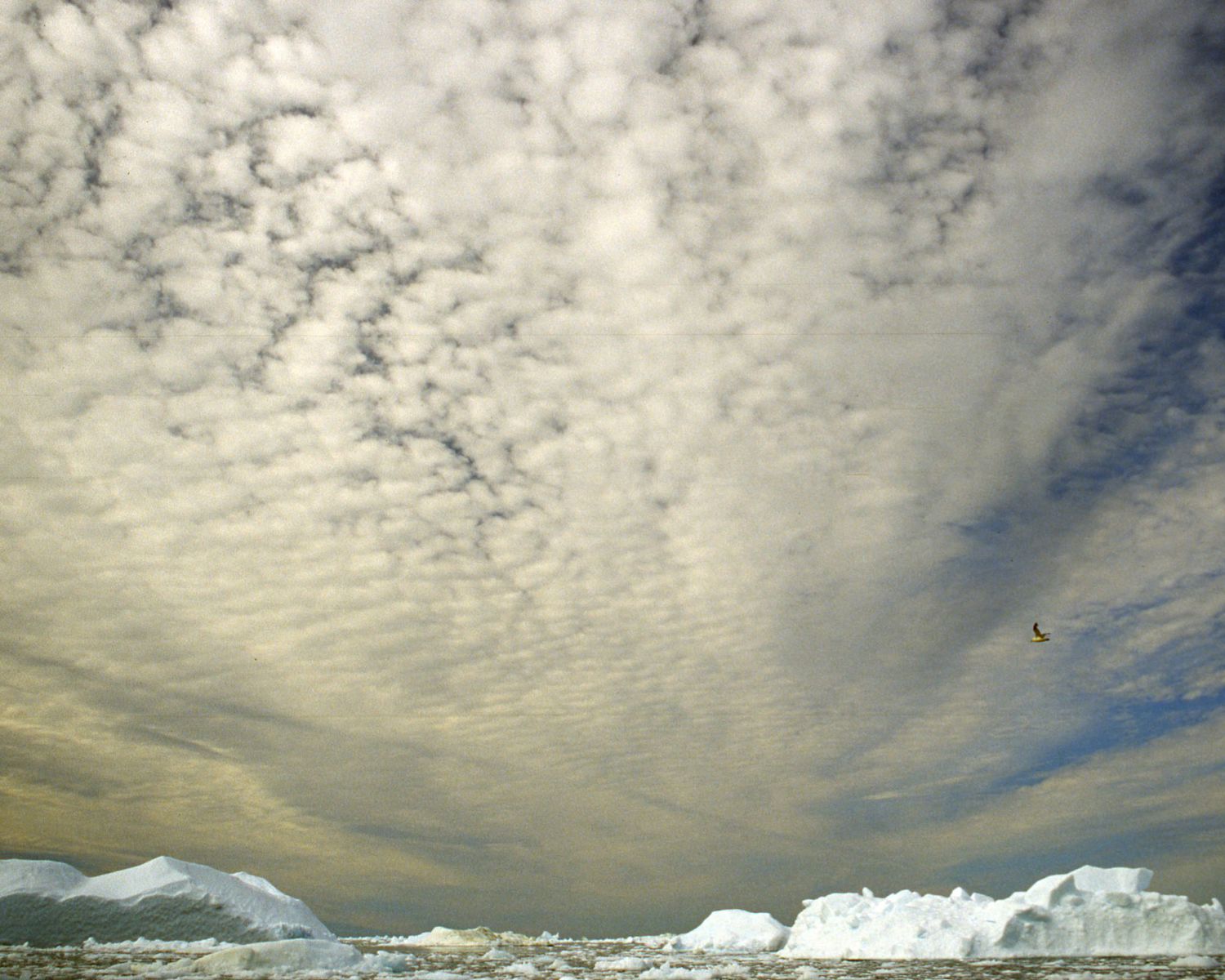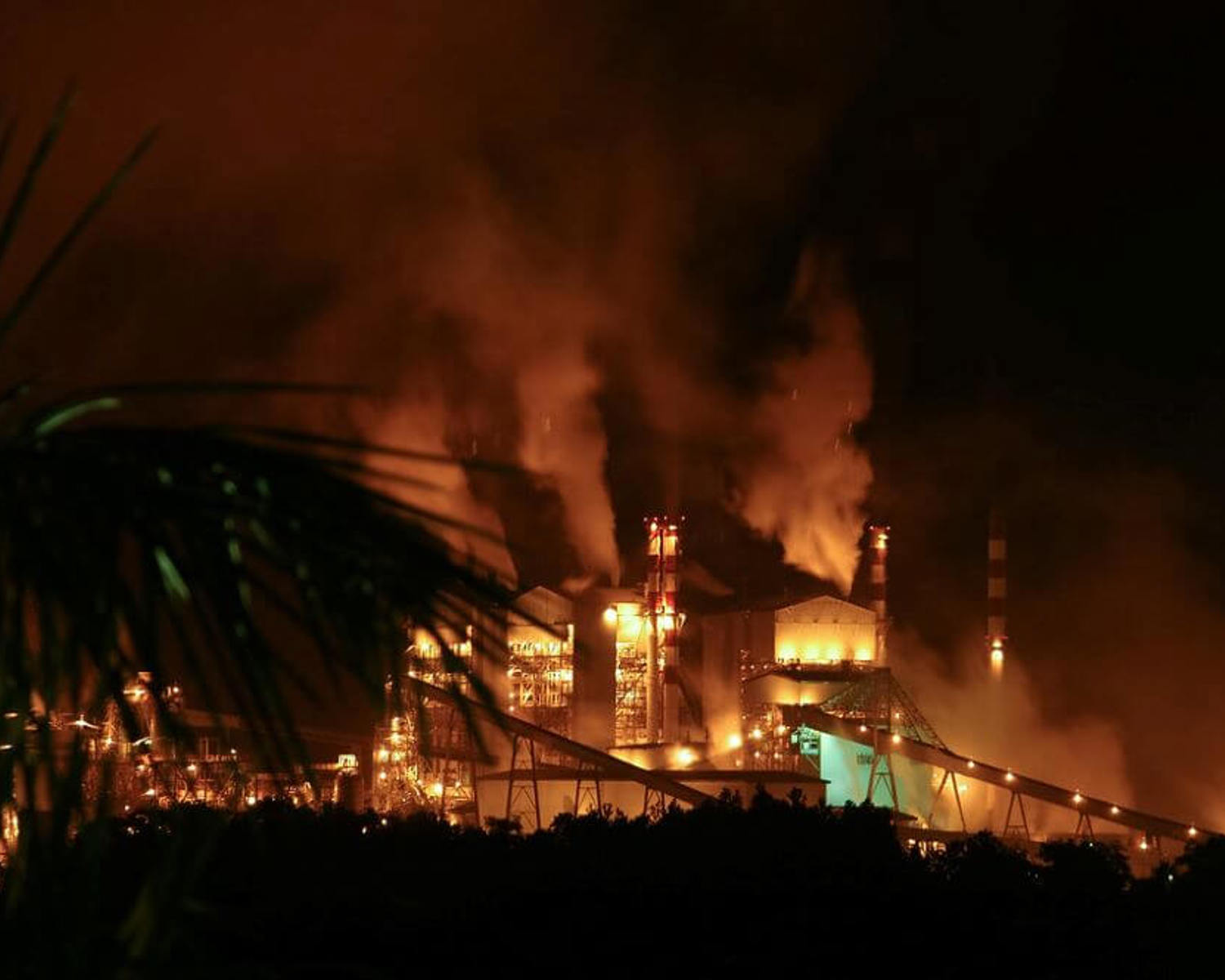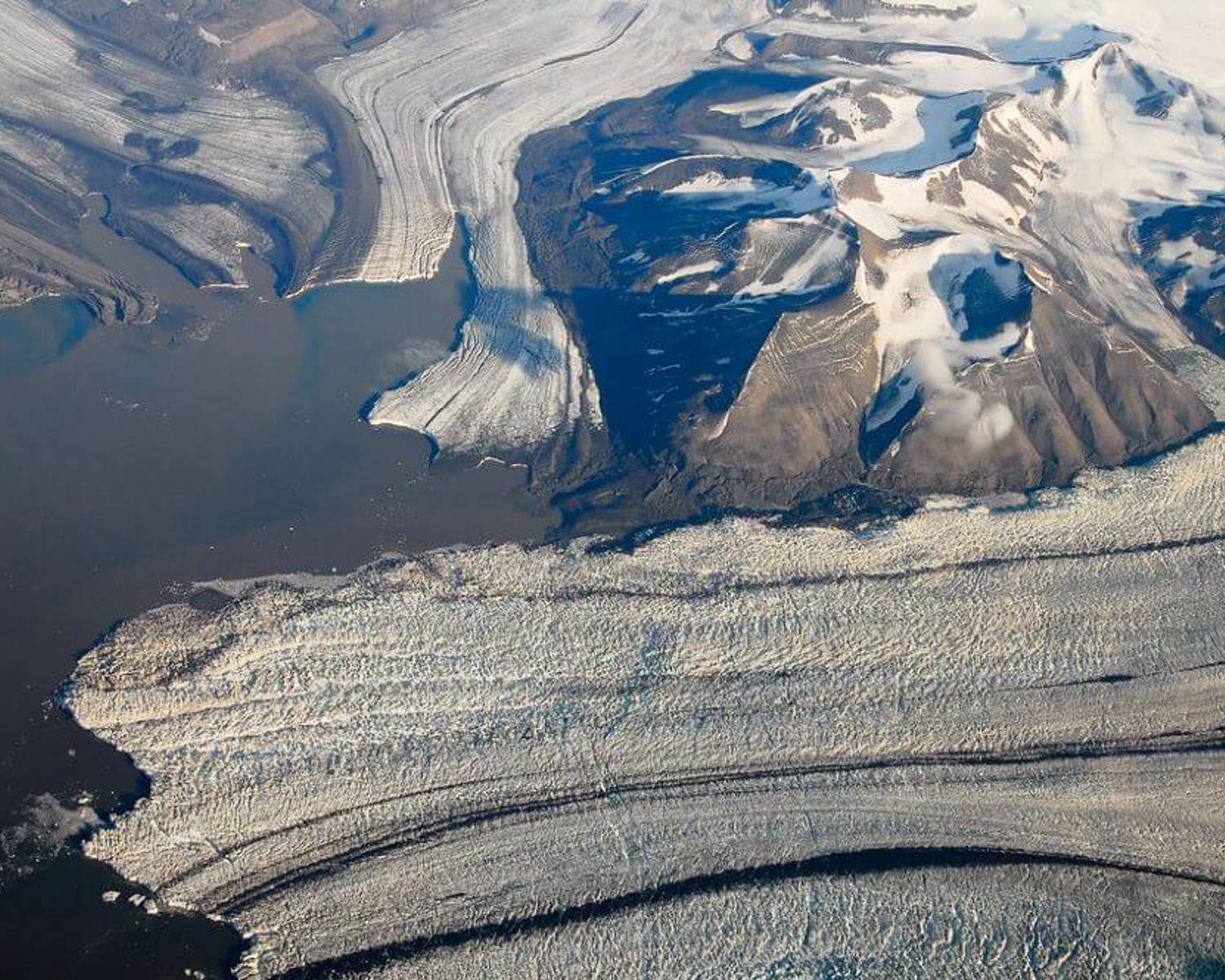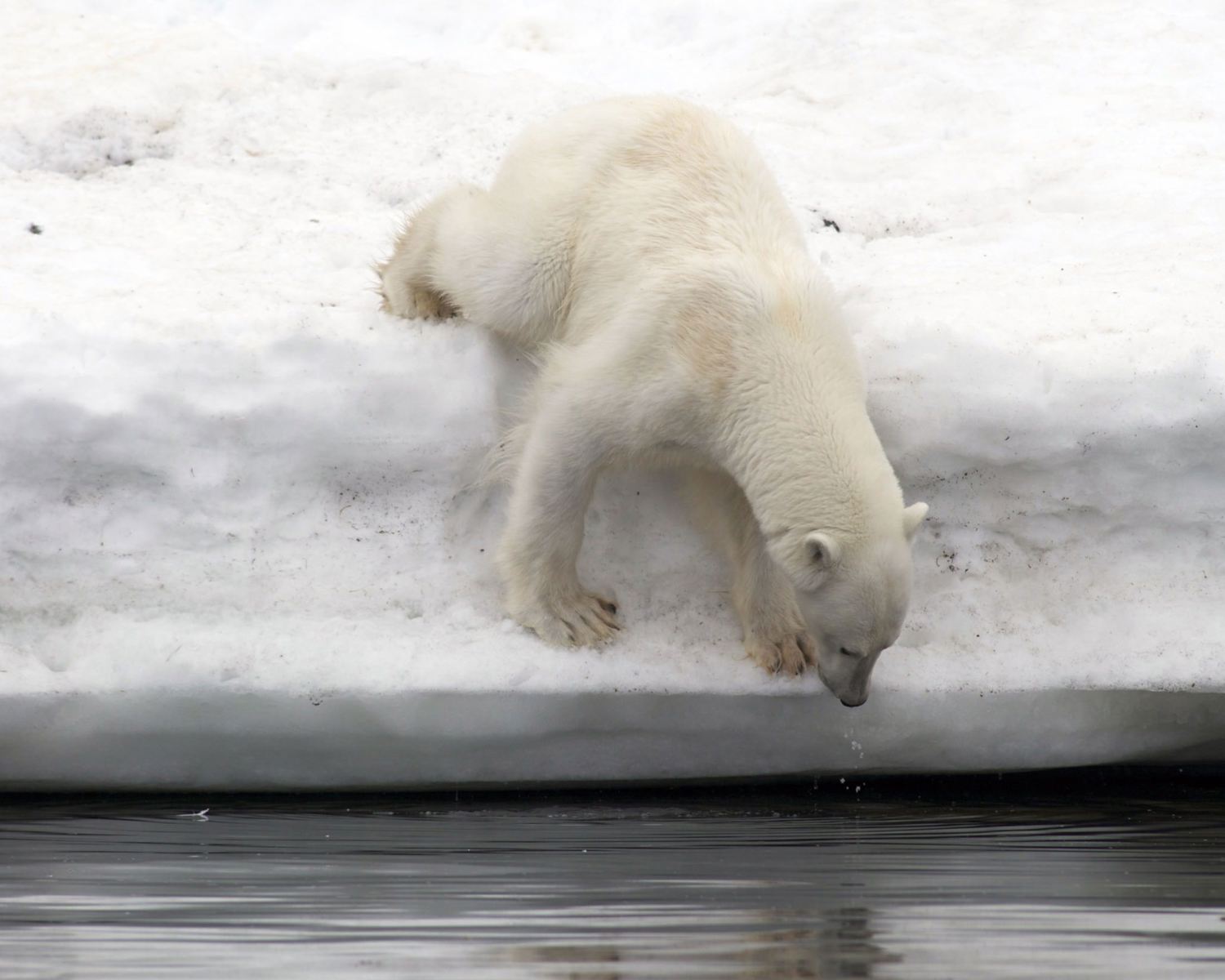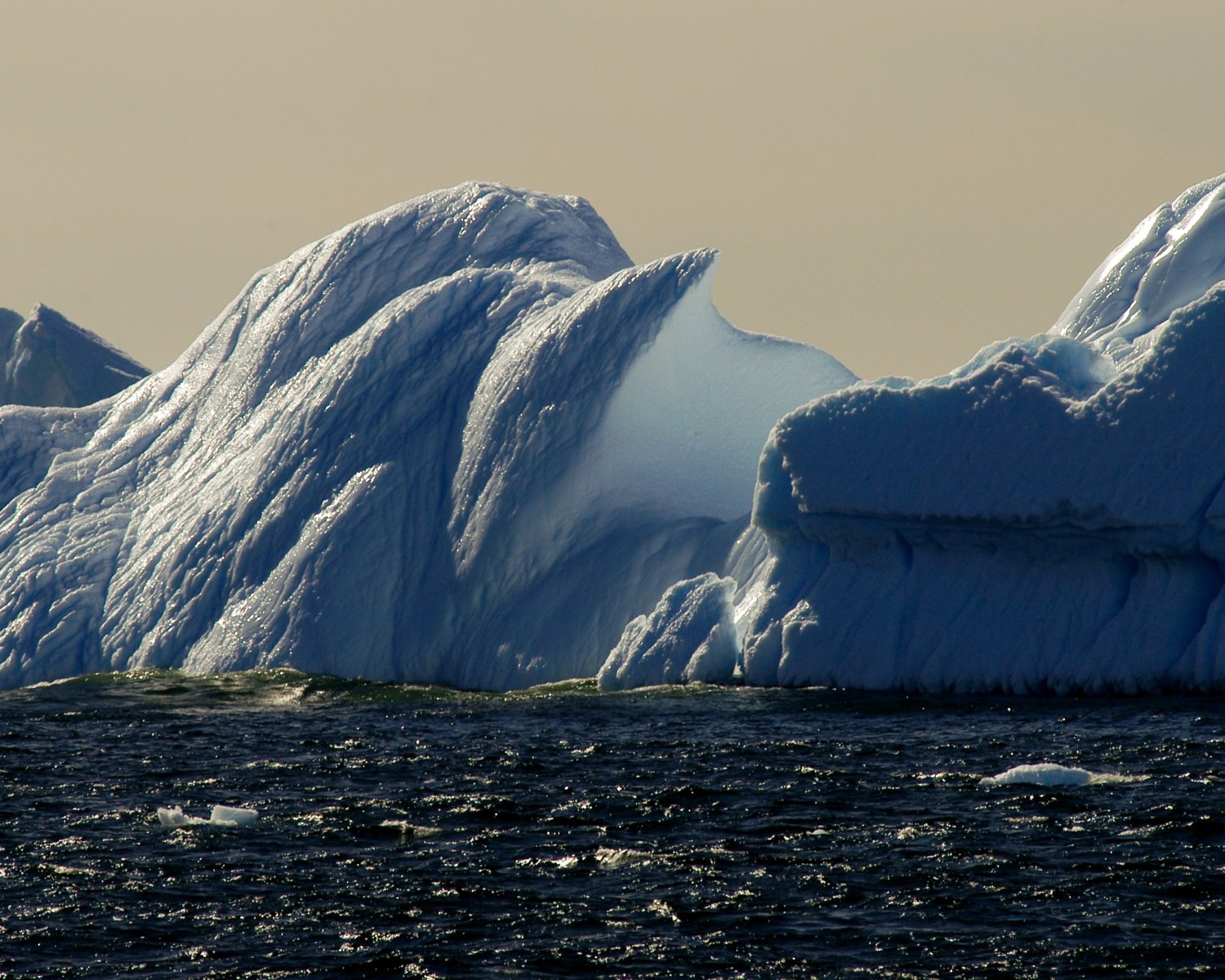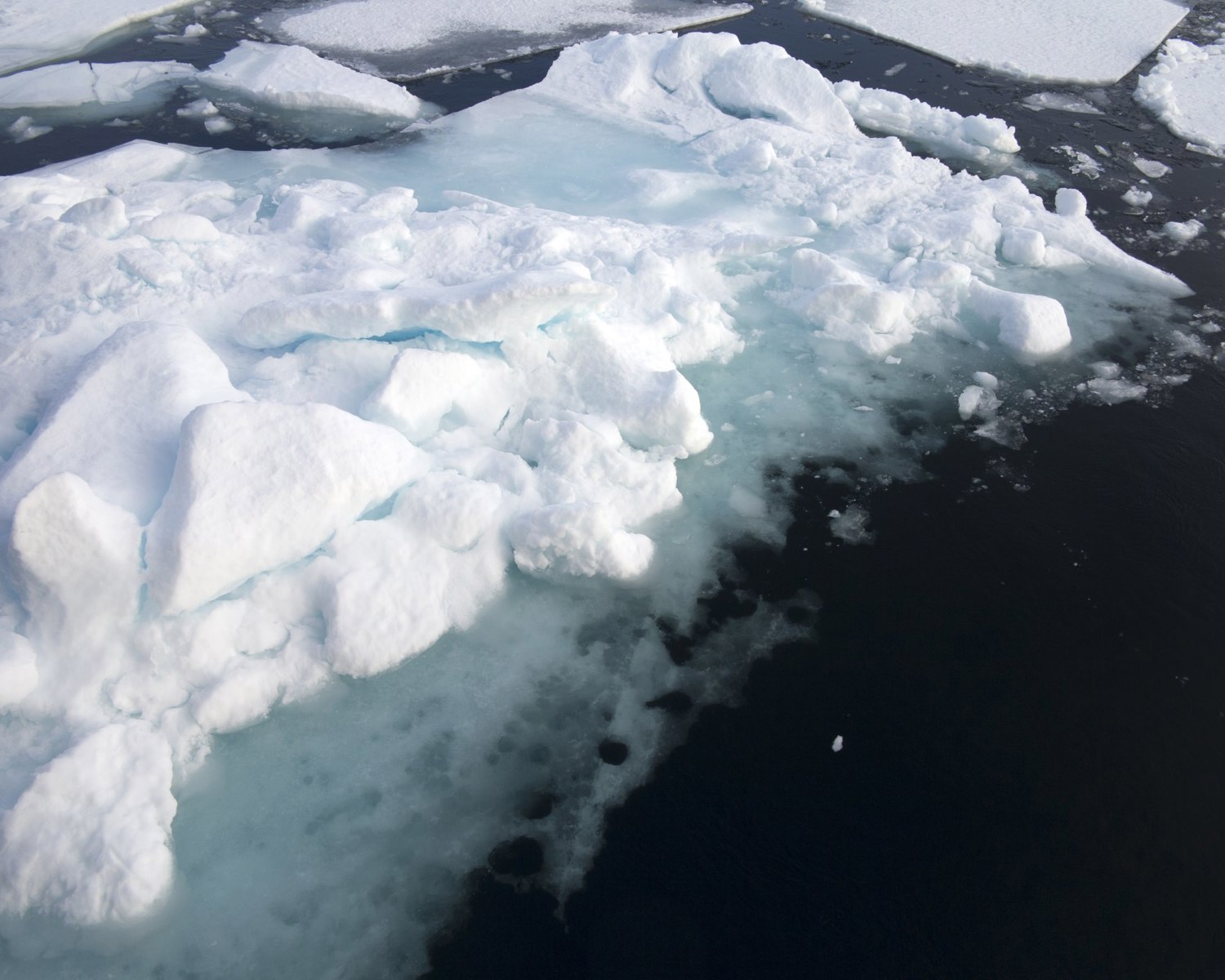Arctic methane capture and usage
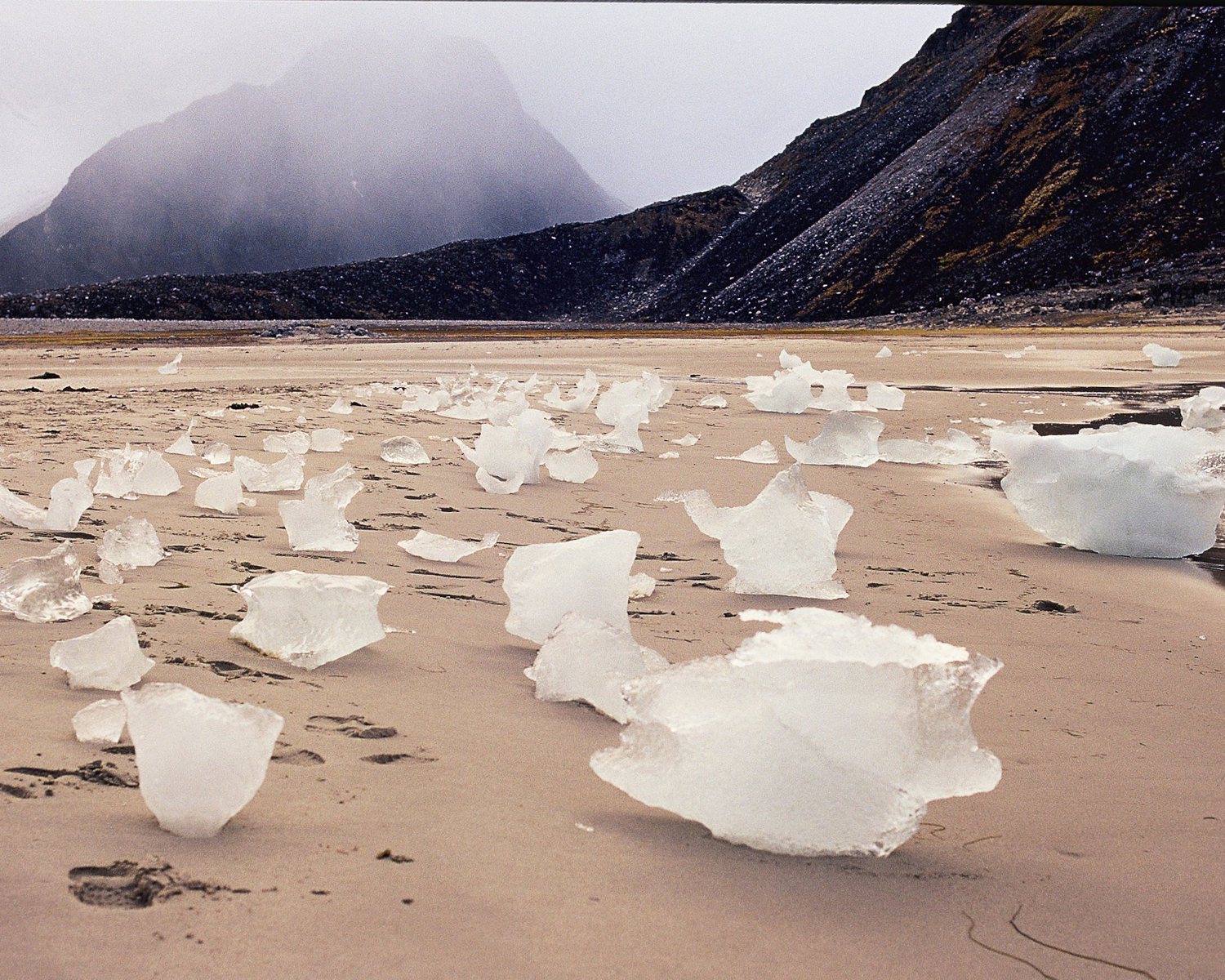
Some have suggested that it might be possible to capture methane or methane hydrates and transform it into useful materials.
The capture part poses a first difficulty. Salter (2011) suggested it might be possible to physically cover certain areas in the Arctic to capture the hydrates escaping from permafrost sediments. Amongst several other techniques, this idea was also echoed in Lockley (2012) and Stolaroff et al. (2012). Another proposed method would inject CO2 into hydrate sediments, thereby potentially storing CO2, and allowing methane to be utilized, with Brewer et al. (2014) even conducting a small scale field trial. However, GESAMP (2019) notes that 'given the limited information currently available, it is too early to have clarity about the options that may be available for methane capture.'
A second issue relates to the transformation of the captured methane into useful products like hydrogen or methanol. Although recently several advances make future operationalisation more likely, it is currently still far off from being implemented at a large scale.
Analysis overview

Technological Readiness Level (TRL)
Low 1
Technological Readiness Level (TRL)
A technology with a TRL of 1-3: TRL 1 – Basic; TRL 2 – Concept formulated; TRL 3 – Experimental proof of concept

Scalability
Low 1
Scalability
Physically unable to scale; sub-linear/logarithmic efficiency of scalability

Timeliness for near-future effects
Unknown 0

Northern + Arctic potential
Unknown 0

Global potential
Unknown 0

Cost - benefit
Unknown 0

Environmental risks
Unknown 0

Community impacts
Unknown 0

Ease of reversibility
Unknown 0

Risk of termination shock
Unknown 0

Legality/governance
Possible 3
Legality/governance
Currently legal to deploy, with governance structures in place to facilitate it and/or financial incentives to develop it

Scientific/media attention
Medium 2
Scientific/media attention
Some attention within the scientific community, including published research and funding programmes; some media attention; some commercial interest
References
Babu, P., Yang, S. H. B., Dasgupta, S., & Linga, P. (2014). Methane production from natural gas hydrates via carbon dioxide fixation. Energy Procedia, 61, 1776-1779. https://doi.org/10.1016/j.egypro.2014.12.210
Brewer, P. G., Peltzer, E. T., Walz, P. M., Coward, E. K., Stern, L. A., Kirby, S. H., & Pinkston, J. (2014). Deep-sea field test of the CH4 hydrate to CO2 hydrate spontaneous conversion hypothesis. Energy & fuels, 28(11), 7061-7069. https://doi.org/10.1021/ef501430h
Cho Y, Yamaguchi A, Miyauchi M. Photocatalytic Methane Reforming: Recent Advances. Catalysts. 2021; 11(1):18. https://doi.org/10.3390/catal11010018
Lockley, A. (2012). Comment on “Review of methane mitigation technologies with application to rapid release of methane from the Arctic”. Environmental science & technology, 46(24), 13552-13553. https://doi.org/10.1021/es303074j
Reddy, Venkata Laxma, Kim, Ki-Hyun, Song, Hocheol (2013). Emerging green chemical technologies for the conversion of CH4 to value added products. Renewable and Sustainable Energy Reviews Volume 24, August 2013, Pages 578-585. https://doi.org/10.1016/j.rser.2013.03.035
Salter, S. H. (2011). Can we capture methane from the Arctic seabed? Retrieved April 6, 2018, from http://arctic-news.blogspot.co.uk/p/methane-capture.html
Stolaroff, J. K., Bhattacharyya, S., Smith, C. A., Bourcier, W. L., Cameron-Smith, P. J., & Aines, R. D. (2012). Review of methane mitigation technologies with application to rapid release of methane from the Arctic. Environmental Science & Technology, 46(12), 6455-6469. https://doi.org/10.1021/es204686w
Yee, A. (2020) Can we harness the Arctic’s methane for energy?, Arctic Today. Available at: https://www.arctictoday.com/can-we-harness-the-arctics-methane-for-energy/?wallit_nosession=1 [Accessed 22 July 2024]
Zhang, Y., & Zhai, W. D. (2015). Shallow-ocean methane leakage and degassing to the atmosphere: triggered by offshore oil-gas and methane hydrate explorations. Frontiers in Marine Science, 2, 34. https://doi.org/10.3389/fmars.2015.00034

